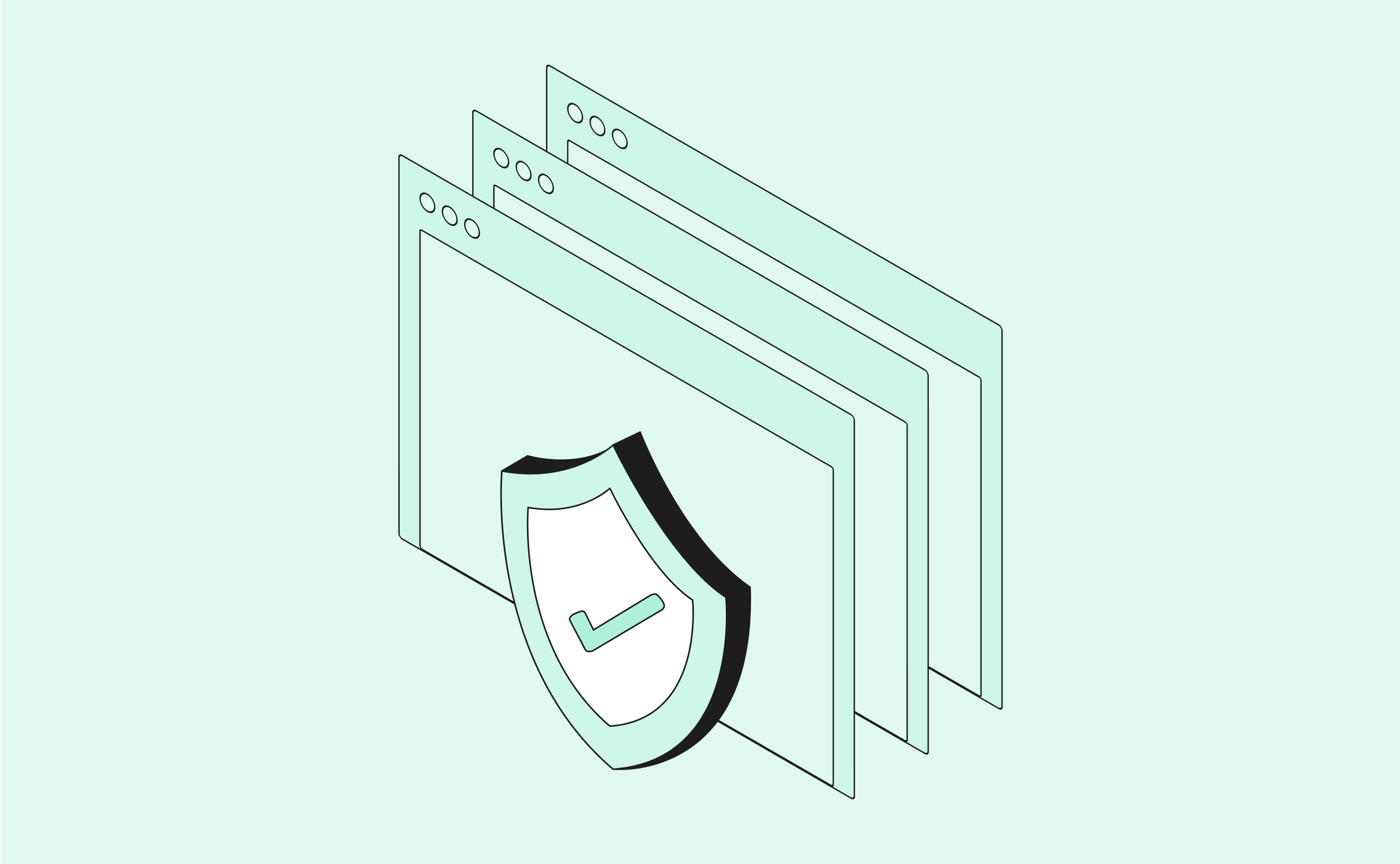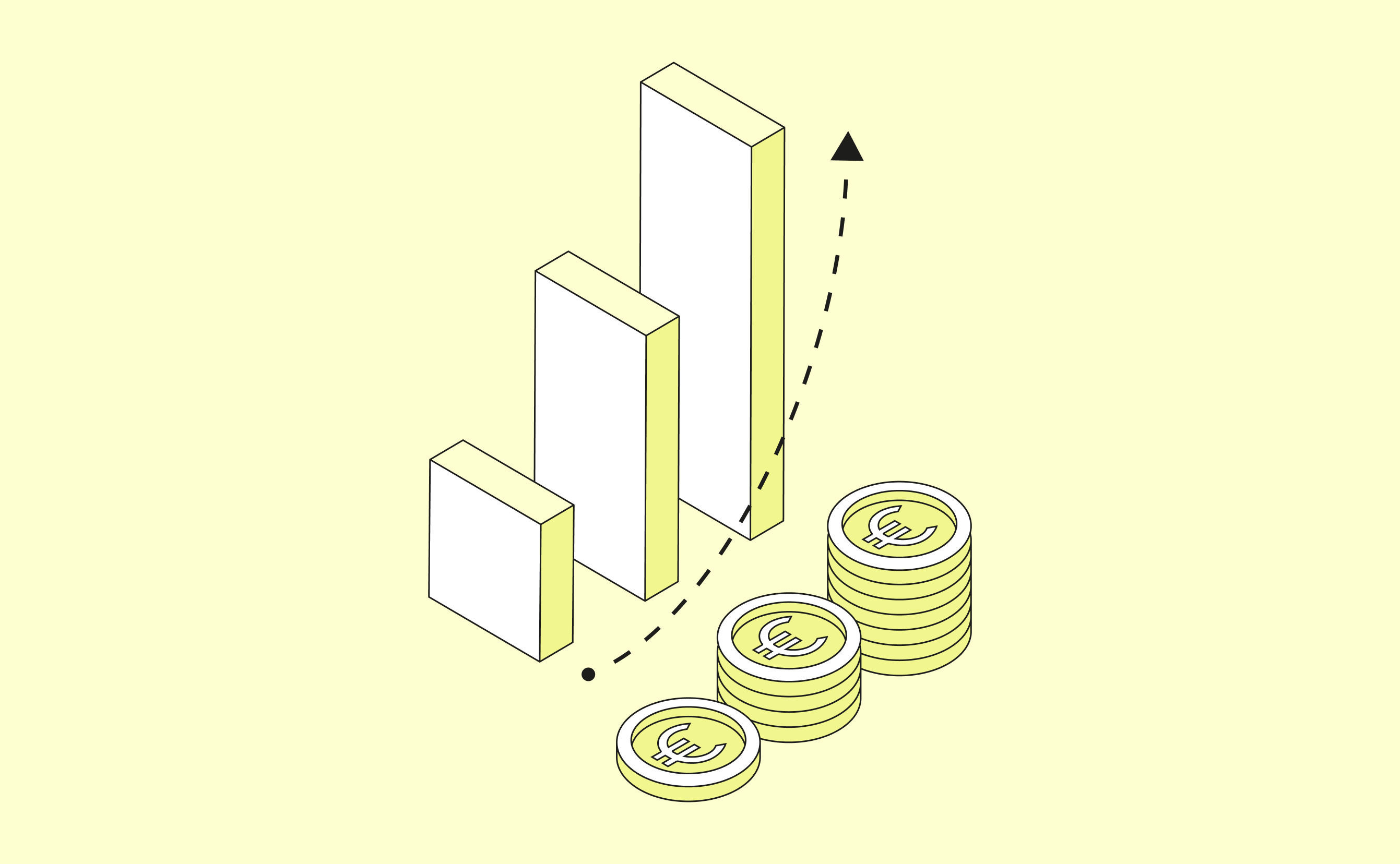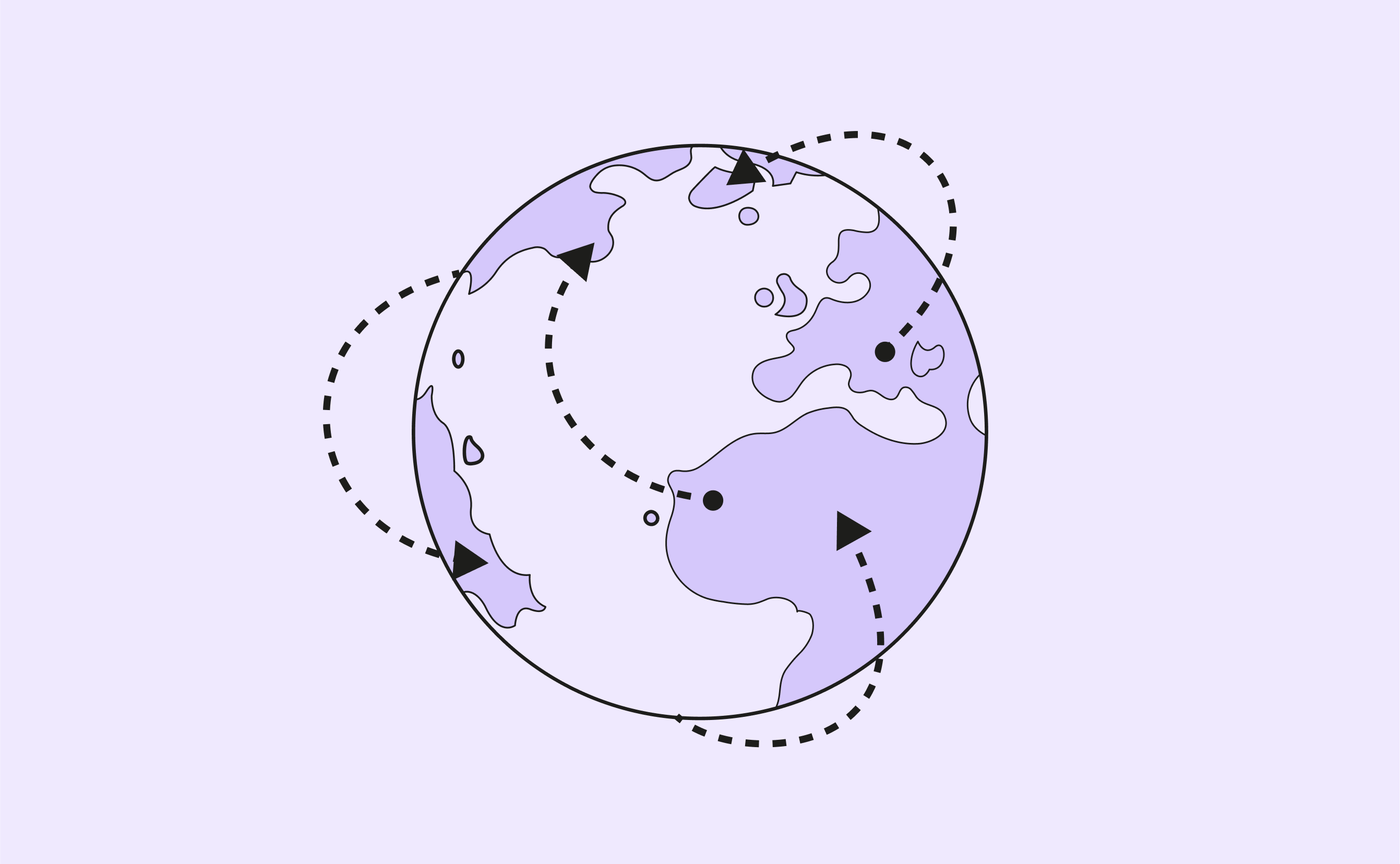3D Secure is best thought of like border control for your payments. When you enter a new country, border security checks your passport and any visa documents to make sure you are who you say you are and you’re going where you say you’re going. This means safe entry for both you and the country you’re entering. 3DS protects you in the same way from potential liability when something goes wrong.
The ‘3D’ refers to three domains:
- The card issuer
- The receiver of the transaction
- The platform intercepting the payment
With 3DS payments, when your payment request is sent to Qonto, it travels via an encrypted connection which you then must approve. This is the border control interception point for your payment. You provide another layer of authentication on your mobile device which further protects your funds as they move between you, the bank or financial institution, and merchants you’re paying.
3DS payments are based on a data and payment protection protocol called PSD2 (Payment Service Directive 2) of the EU, which is supervised in Germany by the Federal Financial Supervisory Authority (BaFin). What’s unique about the 3DS process is the strong focus on your personal authentication, which ensures that only you can make payments. The EU has recently released 3DSv2, an updated version of 3D Secure which improves, among other things, user-friendliness.
VISA and Mastercard offer 3D secure under the names Verified by VISA and Mastercard Identity Check.






